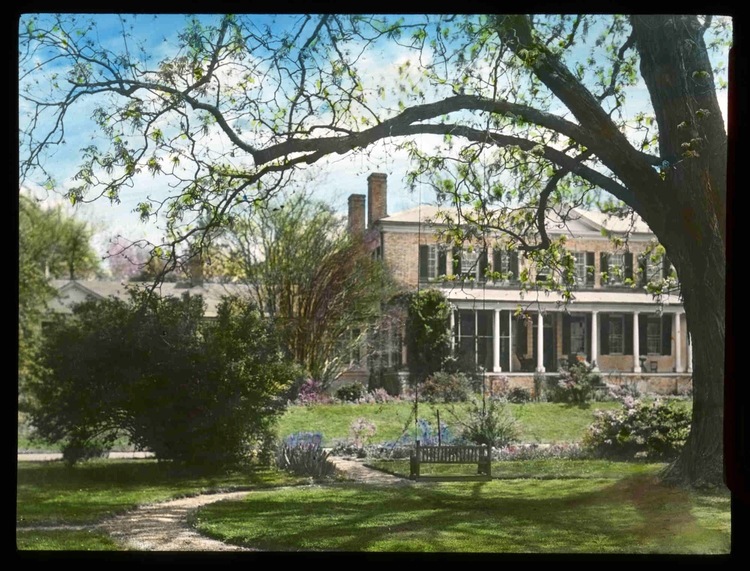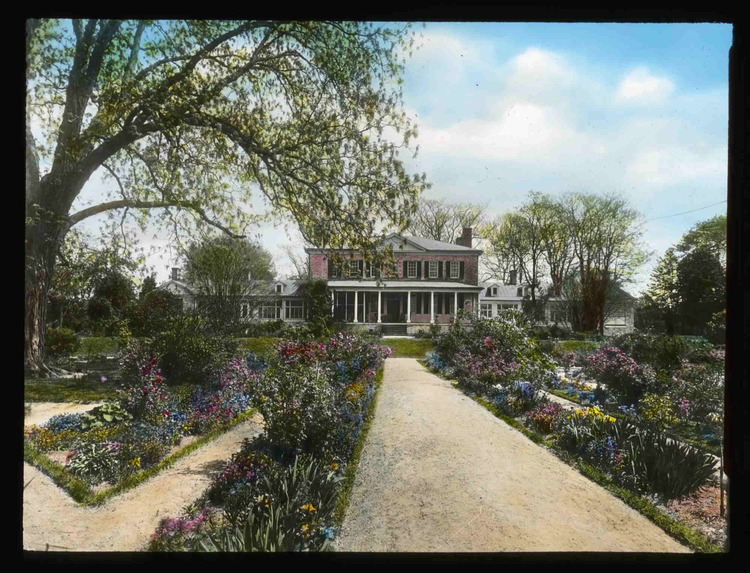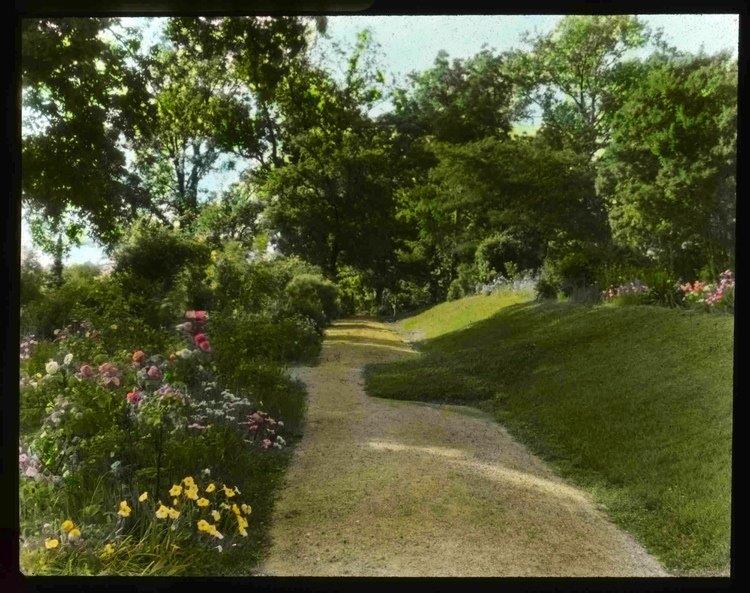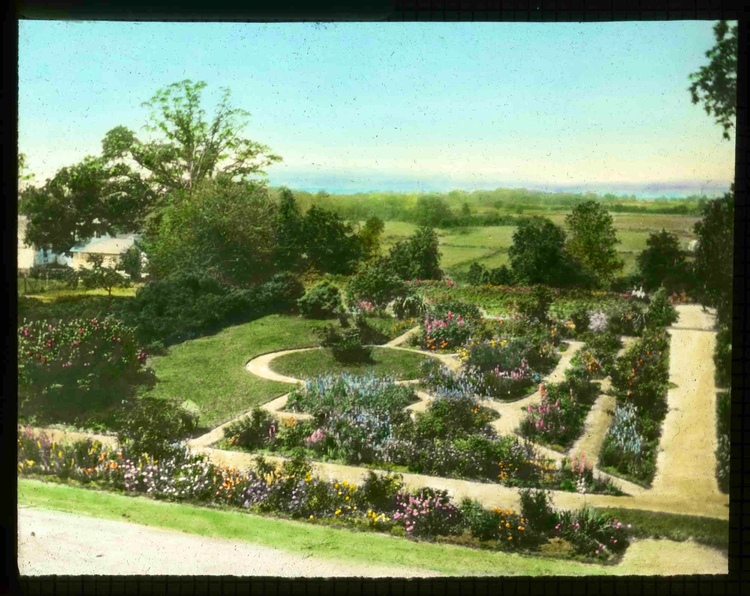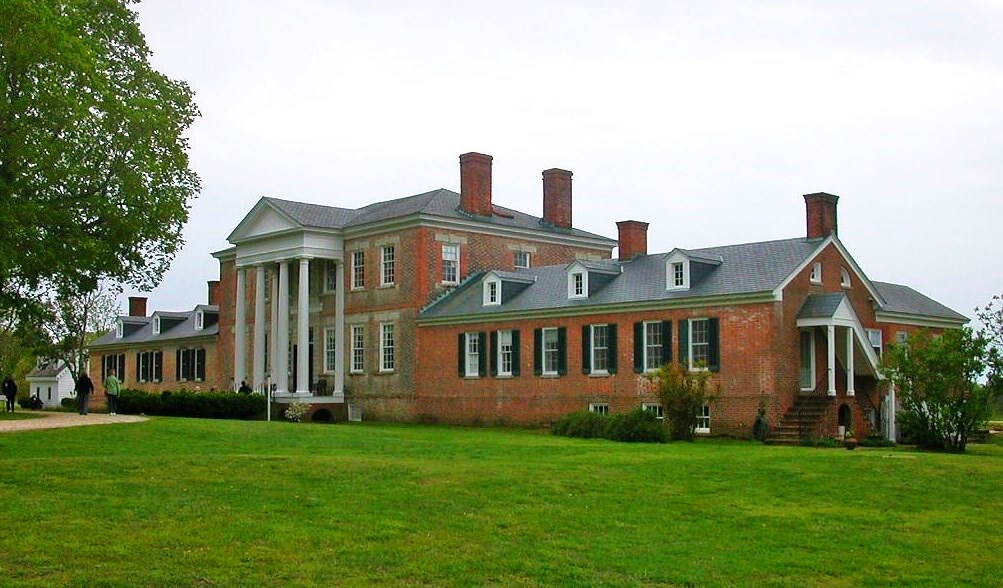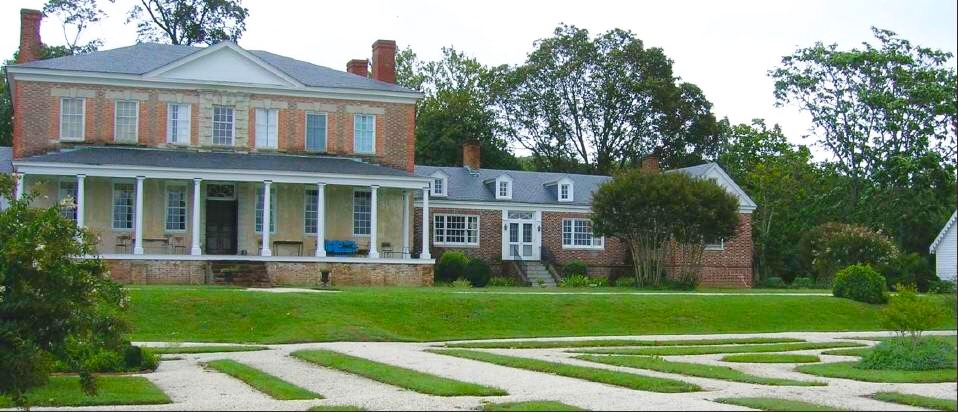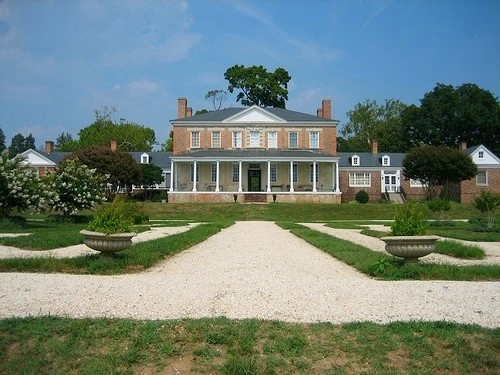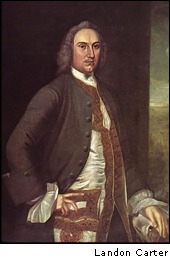In 1996, in an effort to build a comprehensive record of historic gardens in the Commonwealth of Virginia, the Garden Club of Virginia (GCV) created a Fellowship. Its purpose was to have the Fellow spend a summer researching and documenting an historic Virginia garden held in private hands. The Fellow was to be a graduate student enrolled in an accredited landscape architecture program.
1996 was the year I graduated from U.C. Berkeley's graduate program in Landscape Architecture. As soon as I saw the flier on the bulletin board at U.C. Berkeley's Wurster Hall announcing the GCV fellowship, I knew I would apply. Weeks later I was pleased to hear that I had been selected as their first Fellow. The historical garden I would be documenting would be Sabine Hall in Warsaw, Virginia.
With all of the graduation celebrations behind me, I set out on a cross-country trip to Warsaw, Virginia. I spent weeks planning my trip. The idea was to see as much of the country as possible. In mid-June, I left Berkeley and traveled south, spending my first night in Winslow, Arizona. The other cities I spent nights at were Santa Fe, Amarillo, Oklahoma City, Little Rock, Nashville, Raleigh and finally Richmond. It was amazing to witness the change in vegetation as I traversed the country. I experienced California's Mediterranean landscape, Southwestern deserts, Mid-western plains and finally the broad-leaf forest of the East Coast.
As I traveled cross-country, I kept two promises to myself: 1. I would only travel by day, (I wanted to see this country) and 2. I would not use my jeep's air-conditioner, (I wanted to experience the change in temperatures as I traveled cross-country).
My final destination was Warsaw, Virginia, which is the county seat and has a population of 1,500. Although Warsaw is small in population it has a rich historical past. Along with Sabine Hall, other buildings listed on the National Register of Historical Places include: GroveMount, Richmond County Courthouse, Menokin and Mount Airy . Warsaw is located on a peninsula called the Northern Neck which is bounded to the north by the Potomac River, to the south by the Rappahannock River and to the east by the Chesapeake Bay.
Warsaw, Virginia
Upon arriving to Warsaw I was introduced to both Chairman of the Restoration Committee, Mrs. Helen Murphy, and the Garden Club's Landscape Architect, Rudy Favretti. Mrs.. Murphy and her husband, William Tayloe Murphy made me feel welcomed by giving me a tour of the community and inviting me to their home.
For the following three months I worked under Mr. Favretti's supervision to create the measured drawings and a final report. He is well know for his distinguished contributions to the field of landscape preservation and restoration. It was an honor to work closely with Rudy.
The GCV Fellowships have a three fold purpose:
1. To document, through measured drawings and a written report, historic gardens and landscapes within the Commonwealth of Virginia.
2. To add these drawings and reports to a comprehensive record of Virginia's important historic gardens and landscapes, along with documentation already preserved by the Garden of Virginia of its many public garden restorations.
3. To offer qualified students the opportunity to acquire hands-on experience, under the direction of a professional landscape architect, in the important field of historic preservation.
Sabine Hall was one of the finest Georgian mansions in the colonies. The house was built in 1738 by Landon Carter, the fourth son of Robert "King" Carter. At his death at 69, Landon Carter owned 50,000 acres and about 500 slaves as well as other personal wealth. Below are portraits of Landon Carter and his wife Elizabeth Wormeley Carter.
Sabine Hall was originally a classic Georgian brick building but it was altered by later generations. In the late 1700's a south wing and Roman-style portico were added. In the 1820's a large portico on the landside and a classical pediment on the riverside were added. The north wing was added in 1929. The north wing brought symmetry back to the mansion.
Scholars have described Sabine Hall as a large Baroque House furnished in grand style. The beautiful exterior is embellished with extravagant stone and brick work. The detailed interior has ornate stone chimney pieces and two large entertaining spaces, each over five hundred square feet.
The mansion sits on a ridge overlooking the Rappahannock River. The grounds consist of a large entry park, containing a variety of trees, and a terraced formal garden behind the house. The formal garden retains its original 18th century design. It was in this garden that George Washington unfolded his plans for the campaign at Morristown to Landon Carter.
The front entry park contains many native trees, but the presence of Mulberry, Ailanthus, Aspen, English Elms, Linden and other foreign varieties prove that the former owners often yielded to the taste of fashion.
The formal rear garden features paths, parterres and a large English boxwood hedge. The garden consist of six terraces extending towards the Rappahannock River. This type of garden is also referred to by the romantic name "Falling Garden". The first and second levels are devoted exclusively to flowers. The second terrace contains the gardens greatest feature, the original parterre garden. The parterre garden was laid out by English gardeners in the 1730's. On the eastern side of the second level is a large boxwood hedge of unknown age which divides the flower garden form the vegetable garden.
Below is a slide show featuring the drawings I completed during my Fellowship. Copies of these drawings are housed in the library of the University of Virginia in Charlottesville and the originals can be found in the archives of the Garden Club of Virginia in Richmond.
![1-d491b8b199[1].jpg](https://images.squarespace-cdn.com/content/v1/561dd72ce4b0b5f8adca31d1/1465193051163-SCWP4SCJ91IKHD52RIEE/1-d491b8b199%5B1%5D.jpg)





As stated in the Garden Club of Virginia's website: the organization consist of 47 clubs and more than 3,300 members. The members are dedicated to promoting gardening; protecting native trees and wild flowers; encouraging roadside beautification; and aiding in the restoration and preservation of historic gardens. The Fellowship dovetails nicely with the Garden Club of Virginia's overall goal.
Diseñador de Jardín,
Mario
Below is a map showing the locations of the Fellowship sites for the past 20 years.

